Tamron SP 150-600mm zoom update has better IQ, stronger stabilization, faster AF & new teleconverters
posted Thursday, September 1, 2016 at 5:00 AM EST
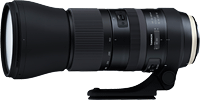
A little shy of three years ago, Tamron announced development of a new lens with some serious telephoto reach. A month or so later, the Tamron SP 150-600mm F/5-6.3 DI VC USD lens went on sale, providing a fairly affordable option for nature photographers and others with a need to bring distant subjects right up close. Now, the company has overhauled its mighty telezoom with a new optical formula, updated electronics and compatibility with two newly-available teleconverters, among other changes, but it all comes at a somewhat steeper pricetag.
More spendy, but quite a bit more lens for the money
The brand-new Tamron SP 150-600mm Di VC USD G2 lens -- rather a mouthful, but you can just call it the Model A022 if you prefer -- will ship in the Japanese market from September 23rd, 2016 in Canon and Nikon-mount form, and is set to arrive in the USA shortly thereafter. A variant for Sony A-mount cameras will follow at an as-yet undisclosed date. Pricing for all three is set at around US$1,400, a hike of some 31% over the earlier version.
For the additional cash, you get a lengthy laundry list of improvements, especially if you're shopping for the Nikon version. (Sadly, Sony shooters will have to forego a couple of the most significant tweaks in the new A-mount version.)
More modern styling and a modest weight increase
So what's new? Well, the updating styling of the Tamron SP 150-600mm Di VC USD G2 is immediately obvious. Overall dimensions are pretty similar, with the new lens sharing the same 10.1-inch length as its predecessor in Nikon-mount form, or 10.2 inches for the Canon-mount variant.
The maximum diameter of the 150-600mm G2's metal body is just fractionally larger, at about 4.3 inches near the front element. (With that said, the diameter has also decreased fractionally along much of the barrel's length.) Weight has simultaneously risen by some 1.4 ounces, to 70.2 ounces in Nikon-mount form, or 70.9 ounces for the Canon-mount variant.
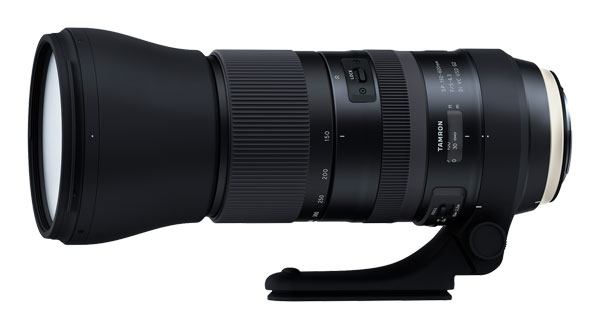
A tweaked optical formula for better image quality and macro performance
On the inside, the basic optical formula is pretty similar, with one new element added at the rear of the lens for a total of 21 elements in 13 groups. According to Tamron, this change as well as improvements in its manufacturing processes should result in higher resolution and improved sharpness, and the company goes so far as to promise "overall better performance".
As before, the optical formula includes three low-dispersion lens elements, two of them directly behind the front element, and a third near the center of the lens' complex formula. Tamron's eBAND and Broad-Band Anti-Reflection coatings are retained, as is a nine-bladed, rounded aperture diaphragm. A new fluorine coating on the front element helps to repel dust, moisture and smudges.
The changed optical formula also allows significantly closer focusing, with a minimum focus distance of 86.6 inches, a generous 19.7 inches closer than the earlier version of the lens. This, in turn, leads to a higher maximum magnification ratio of 1:3.9, where the earlier model had a 1:5 ratio.
Faster autofocus and more powerful Vibration Compensation
At the same time, Tamron says that the new lens will also offer "significantly improved" autofocus performance, with the company promising that the optic will be "much more responsive" when tracking moving subjects, in particular.
And for Canon and Nikon shooters, it will also offer 4.5-stop Vibration Compensation to CIPA testing standards, which Tamron says is an improvement over the earlier lens. (No CIPA figure was provided for the earlier optic, though, so we can't speak to the scope of this improvement thus far.)
Incidentally, this 4.5-stop figure was attained using the Canon EOS 5D Mark III and Nikon D810 bodies, using VC Mode 3, which stabilizes the image only at the moment of capture. Three other VC modes are offered, although only two are available out of the box. Modes 1 and 2 are the standard and panning options, respectively.
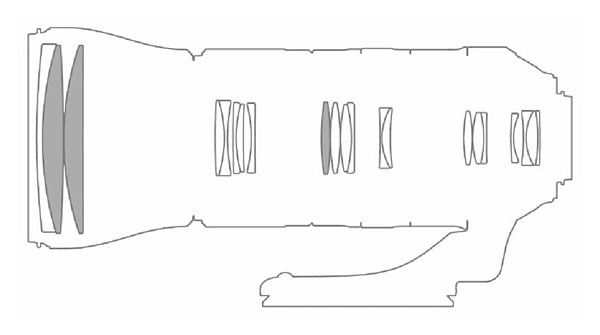
Support for the Tamron TAP-in Console
A fourth VC mode is accessed using Tamron's optional TAP-in Console accessory, a USB dock not dissimilar to that first pioneered by rival Sigma, which is used both for user-installed firmware updates and config changes. In this final VC mode, the Tamron SP 150-600mm F5-6.3 Di VC USD G2 lens will stabilize the image at all times, making it suitable for video capture. (And meaning that it can only be used in live view mode.)
No in-body stabilization for Sony shooters
If you're wondering why Sony shooters miss out on that feature, incidentally, it's because the A-mount variant of the lens will rely on the in-body stabilization of Sony's cameras, just as did the previous version of the 150-600mm optic.
1.4x and 2.0x teleconverters, but only for Canon and Nikon
Sony shooters will also miss out on the newly-provided teleconverters, which will thus far only be offered in Canon and Nikon mounts. Both 1.4x (model TC-X14) and 2.0x (model TC-X20) teleconverters will be provided, and they'll match the dust- and moisture-resistant design of the lens itself. Each teleconverter will also have a die-cast aluminum body with stainless steel lens mount and brass body mount.
At launch, these two teleconverters will work only with the 150-600mm G2 lens. Both autofocus and Vibration Compensation will work with either teleconverter attached, and Tamron notes that since focus distances will only be minimally affected when the converter is in use, your macro shooting capabilities will also be improved. Tamron's BBAR coating is used in both teleconverters, and the 2.0x converter also includes one low-dispersion element.
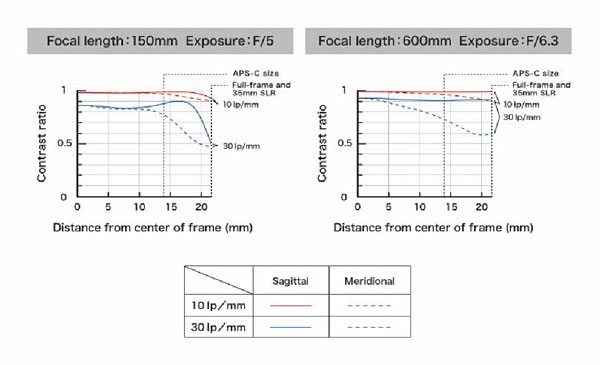
Electronic aperture control comes to the Nikon variant of the lens
And if you're wondering why we noted that Nikon users will see the most improvements in their new version of the optic, the answer is quite straightforward. Tamron has switched to using electronic aperture control in the Nikon-mount version of the lens, bringing it up to feature parity with the Canon version that already used electronic aperture control. This change should translate to more precise aperture control on Nikon bodies.
Lock the zoom at any focal length with ease
And there are a couple of other changes, as well. For one, there's now a new Flex Zoom Lock function which will lock and unlock the zoom at your chosen focal length simply by sliding the zoom ring forwards or backwards. This function is completely separate from the existing zoom lock switch, which will still be used to lock the lens in its retracted position for travel.
The tripod mount is smaller, lighter and just plain better
There's also a new smaller, lighter tripod mount crafted from magnesium alloy. This now has a textured grip to for a more secure handhold, and is also newly compatible with Arca Swiss tripod mounts, saving you the use of an extra accessory if you have a compatible tripod.
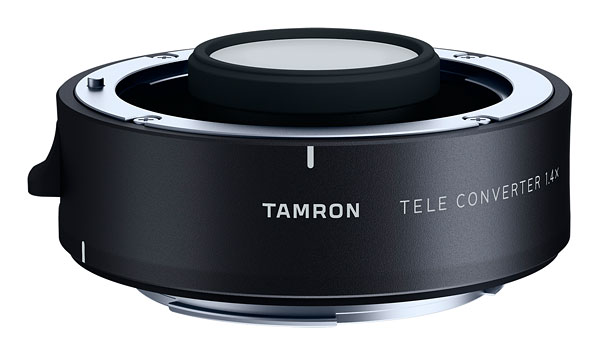
In other respects, similar to the earlier lens
In other respects, the Tamron SP 150-600mm Di VC USD G2 lens looks to be similar to its predecessor. As well as full-frame compatibility, it still offers focal lengths from around 225-900mm on Nikon or Sony APS-C bodies, and from around 240-960mm on Canon APS-C bodies. You'll get focal lengths of 210-840mm with the 1.4x converter and a full-frame body, and 300-1,200mm with the 2.0x converter and a full-frame body.
Couple the converters with Nikon or Sony sub-frame bodies, and equivalent focal lengths will range from around 315-1,260mm with the 1.4x converter, or 450-1,800mm with the 2.0x converter. With the tighter crop of Canon's sub-frame bodies, focal lengths will range from 336-1,344mm with the 1.4x converter, or 480-1,920mm with the 2.0x converter.
Autofocus drive is still accomplished with an Ultrasonic Silent Drive ring motor, and full-time manual focus override is available if you want to take charge without first flipping switches. 95mm filter threads are provided at the front of the lens, and the product bundle includes a lens hood, case, and front and rear lens caps.
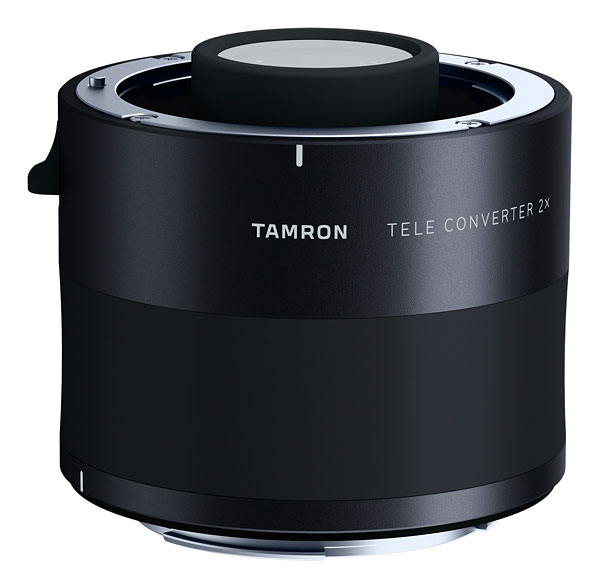
Price and availability
As mentioned at the outset, pricing for the Tamron SP 150-600mm f/5-6.3 Di VC USD G2 lens is set at around US$1,400, almost one-third more expensive than the previous version of the lens. Availability is set at late September in Japan, and shortly thereafter in the US market.
Both teleconverters will also go on sale in Japan from September 23rd, with availability in the US market soon after. Pricing is set at US$420 for the 1.4x converter, and US$440 for the 2.0x teleconverter. That puts all-in list pricing for a kit with both lens and teleconverters as well as the TAP-in Console accessory at around US$2,320 or thereabouts.